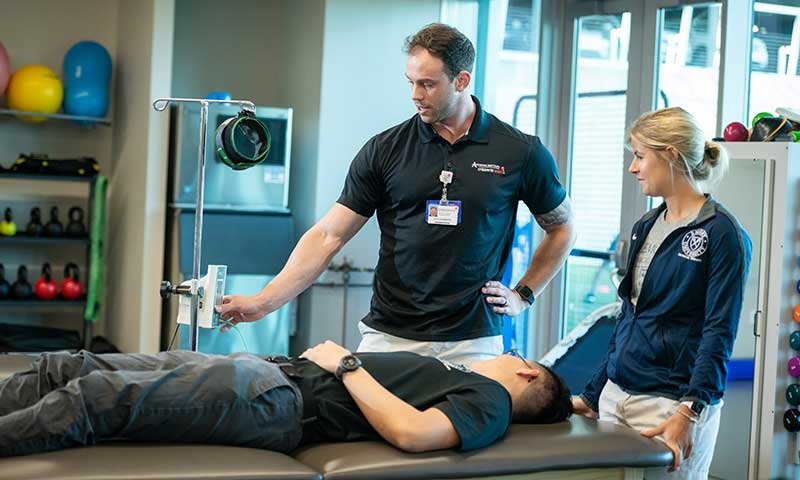In recent years, the landscape of healthcare has witnessed a transformative shift towards convenience and accessibility. One facet of this evolution that has gained significant momentum is mobile physical therapy. Embracing innovative technology and patient-centric care, mobile physical therapy has emerged as a beacon of convenience, offering a myriad of benefits that redefine the rehabilitation experience for countless individuals.
Table of Contents
Accessibility at Your Doorstep
Mobile physical therapy eliminates the constraints of geographical barriers and transportation hurdles often associated with traditional therapy. By bringing therapeutic services directly to patients’ homes, workplaces, or chosen locations, it ensures accessibility for those with mobility challenges, busy schedules, or limited means of transport. This accessibility empowers patients to embark on their healing journey without the added stress of commuting to a clinic.
Personalized and Tailored Care
One of the hallmark advantages of mobile physical therapy is its focus on personalized care. Therapists provide individualized attention, crafting treatment plans tailored to each patient’s unique needs and goals. This personalized approach enables therapists to gain a deeper understanding of the patient’s environment, allowing for more comprehensive assessments and targeted interventions.

Enhanced Comfort and Convenience
The comfort of one’s home environment can significantly contribute to the effectiveness of rehabilitation. Mobile therapy sessions occur in familiar surroundings, promoting a sense of comfort and ease for patients. Additionally, scheduling flexibility offers unparalleled convenience, allowing patients to coordinate sessions at times that suit their schedules, thereby reducing disruptions to their daily routines.
Empowering Patient Engagement and Independence
By bringing therapy into the patient’s domain, mobile physical therapy fosters greater patient engagement and accountability. Patients actively participate in their recovery process within their own spaces, which can positively impact motivation and adherence to treatment plans. Moreover, therapists can provide guidance on adaptive strategies tailored to the patient’s home environment, promoting independence in daily activities.

Bridging the Gap with Technology
The integration of technology further amplifies the benefits of mobile physical therapy. Therapists utilize mobile apps, wearable devices, and telehealth solutions to track progress, deliver remote guidance, and empower patients with tools for self-management. These technological advancements facilitate continuous communication between therapists and patients, ensuring ongoing support and monitoring beyond in-person sessions.
Mobile physical therapy stands as a beacon of progress, revolutionizing the rehabilitation landscape by emphasizing accessibility, personalized care, convenience, patient empowerment, and technological integration. Its evolution not only reshapes the delivery of rehabilitation services but also redefines the patient experience, championing inclusivity and convenience in the pursuit of enhanced well-being.
In a world increasingly driven by convenience and personalized care, mobile physical therapy emerges not merely as a trend but as a transformative force, reimagining rehabilitation and empowering individuals on their path to recovery.